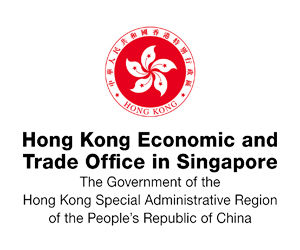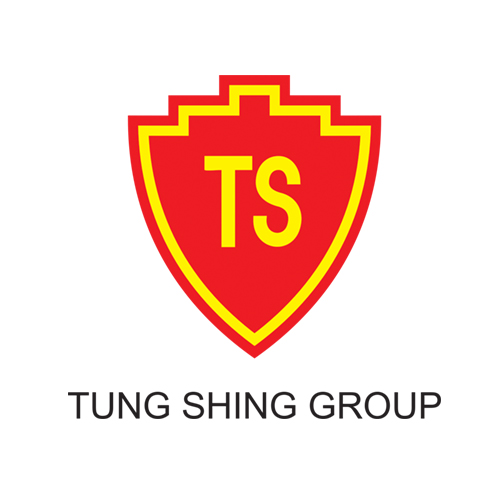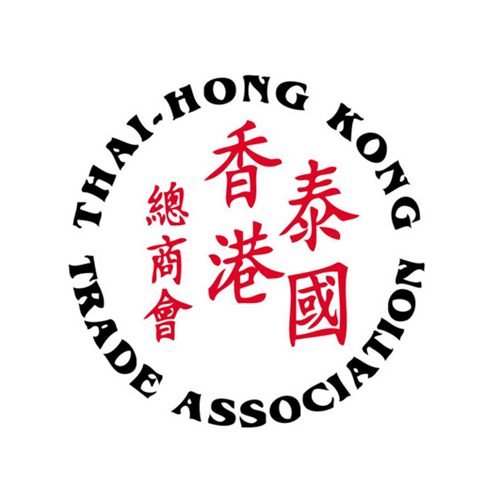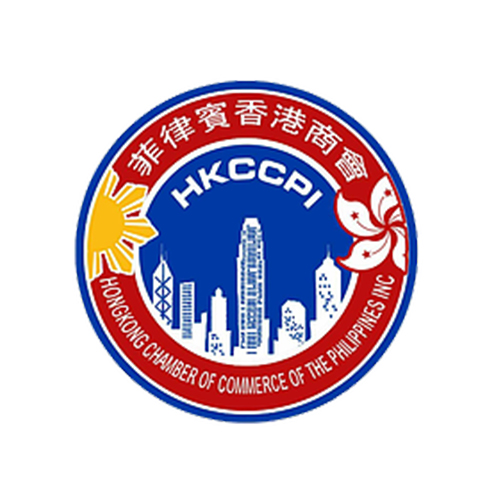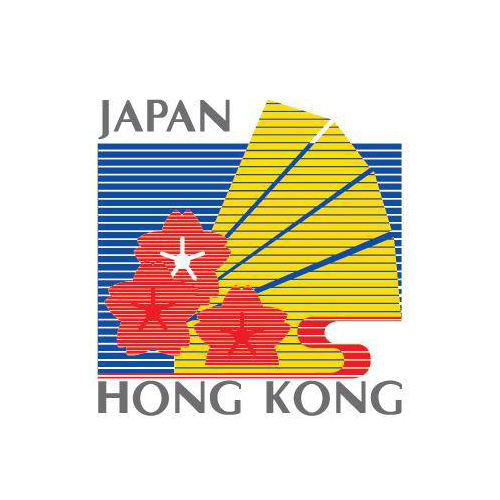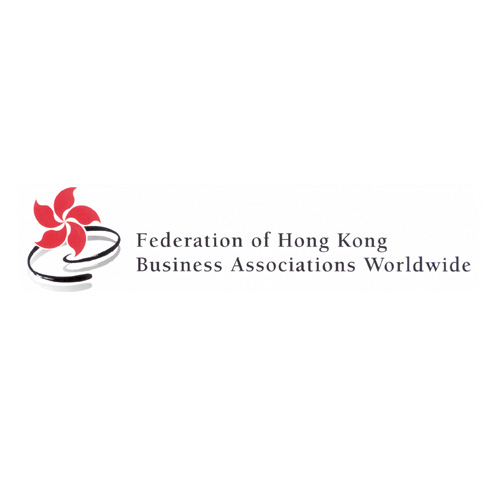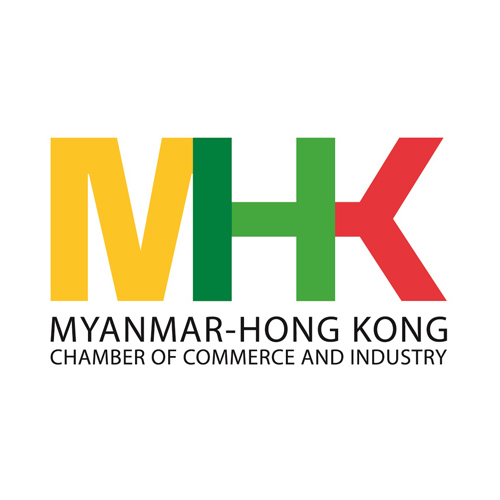Want to be in the loop?
subscribe to
our notification
Business News
GARMENT FIRMS SHOULD MEET WORKERS’ NEEDS
Garment and textile firms should understand the needs of their workers and invest in enhancing human resource management to sustain a productive and quality workforce, a seminar heard in HCM City last Saturday.
Pham Xuan Hong, chairman of the HCM City Association of Garment, Textile, Embroidery and Knitting, told the “Develop high quality garment and textile workforce in the context of international business integration” seminar that building a skilled and “high-quality” workforce has always been a major focus for the garment and textile industry.
It is becoming an increasingly important factor since Viet Nam is acceding to many international trade agreements and has to compete with other countries.
According to the 2017 Better Work report published by the International Labour Office and International Finance Corporation, Viet Nam is the fifth largest garment and textile supplier in the world and second largest to the US.
Last year its exports were worth US$34 billion and they are expected to reach $35 billion this year.
According to Dr Pham Xuan Thu, who has done a lot of research on the industry, though the exports are huge the value addition is growing at a very slow pace.
To bolster competition and add more value to Vietnamese garment and textile products, the industry should improve the quality of its workforce, he said.
Also according to the report, the garment sector is the largest formal employer in the country, providing jobs to more than 2.5 million people.
Thu said most garment and textile workers are young, with about 80 per cent of them being under 30, physically fit for the job and very hard-working.
Besides, the rate of workers with technical skills in the industry is 21.1 per cent, which is higher than the average rate of other manufacturing and processing industries, he said. But the industry also faces some challenges such as its productivity, which is lower than the average rate for the country’s industrial sector. With the two of them being VND56 million ($2,460) and VND104.3 million ($4,590) per person per year.
“Though the productivity of major garment firms is much higher than the average rate, Viet Nam has a huge number of small and household garment and textile businesses.”
Another challenge is the high employee turnover rate, he said.
At major garment and textile companies like Nha Be, Viet Tien, and Phong Phu, it is 15-20 per cent.
The number is much higher at small and FDI firms: 20-30 per cent and 30-40 per cent respectively.
Thu said one of the reasons for this is that companies fail to meet the needs of their workers. The monthly salary of a garment worker is around VND4.3 million, which is just enough to cover 75-80 per cent of their basic needs.
“Though the salary has been raised over time there are still companies which fail to pay workers on time, leading to strikes and employees quitting.”
Another reason is that employees tend to switch to other companies to look for better opportunities after getting training and experience, he said. Besides, with the main workforce in the industry being young women emigrant workers, they are highly likely to quit their jobs to marry and return to their hometown after a period of time, he explained.
Source: VIR
Related News
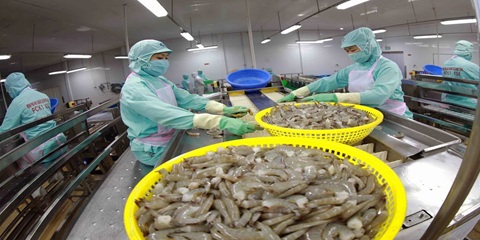
VIETNAM’S SEAFOOD EXPORTS HIT OVER US$10 BILLION IN JAN-NOV
Seafood export revenue in November alone amounted to nearly US$990 million, up 6.6% year-on-year. Key product groups posted solid gains. Shrimp exports rose 11.7% to over US$385 million, supported by strong demand for whiteleg shrimp and lobster. Tra fish shipments increased 9.7% to almost US$197 million, while marine fish, squid, and mollusk exports maintained their recovery.

VIETNAM’S AGRO-FORESTRY-FISHERY EXPORTS HIT NEW RECORD IN JAN-NOV
Vietnam’s agro-forestry-fishery export revenue reached an estimated US$64.01 billion in the first 11 months of 2025, up 12.6% year-on-year and surpassing the full-year record of US$62.4 billion set in 2024. Agricultural exports reached US$34.24 billion, up 15% year-on-year, while livestock products brought in US$567.4 million, a 16.8% increase. Seafood exports rose 13.2% to US$10.38 billion, and forestry products earned US$16.61 billion, up 5.9%.

HANOI REPORTS RECORD-HIGH BUDGET REVENUE IN 2025
Hanoi’s budget revenue is estimated to reach VND641.7 trillion in 2025, the highest level ever recorded and nearly 25% above the revised target, according to a report by the municipal government. Data from the city’s socioeconomic performance review shows that total state budget collections in 2025 are projected to reach 124.9% of the adjusted plan and rise 24.9% from 2024, the Vietnam News Agency reported.
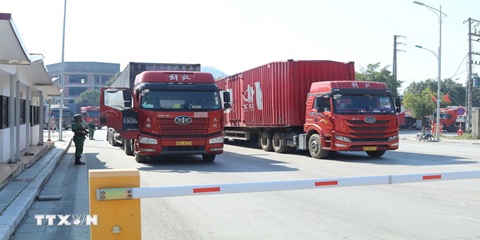
VIETNAM, CHINA TO PILOT TWO-WAY CARGO TRANSPORT AT LANG SON BORDER
Vietnam and China will launch a one-year pilot program on December 10 to allow two-way cargo transport through the Huu Nghi–Youyi Guan international border gates in Lang Son Province, reported the Vietnam News Agency. The Dong Dang-Lang Son Economic Zone Management Board said the trial aims to reduce transport costs and improve customs clearance capacity.
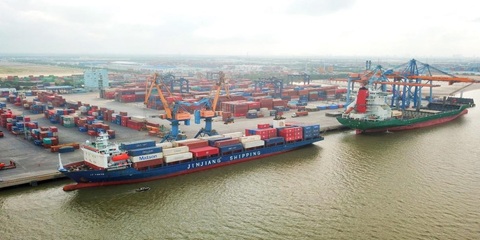
VIETNAM’S IMPORT-EXPORT VALUE NEARS US$840 BILLION IN JAN-NOV
The total value of Vietnam’s imports and exports was nearly US$840 billion between January and November this year, the highest level ever recorded, according to the National Statistics Office. In its latest report on the country’s socio-economic performance, the National Statistics Office highlighted a series of positive economic indicators, with trade emerging as one of the strongest drivers of growth.

OVER 19 MILLION INTERNATIONAL VISITORS COME TO VIETNAM IN JAN-NOV
Vietnam received more than 19.1 million international visitors in the first 11 months of 2025, a 20.9% increase year-on-year and the highest level ever recorded, according to the National Statistics Office. The figure surpasses the full-year record of 18 million arrivals set in 2019, before the Covid-19 pandemic. Nearly two million foreign visitors arrived in November alone, up 14.2% from October and 15.6% from the same period last year.
